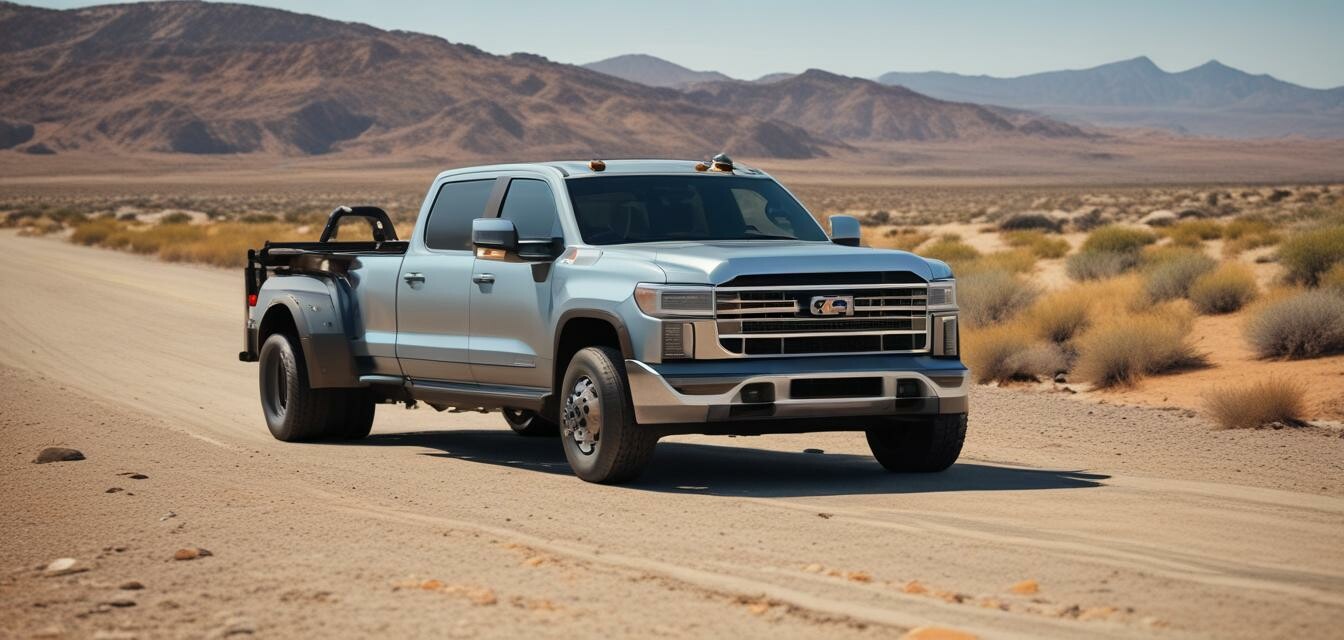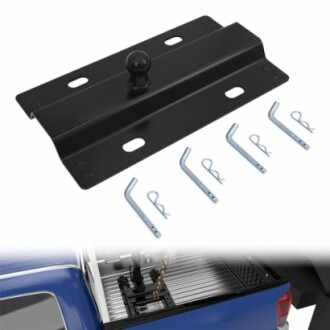
Choosing the Right Gooseneck Hitch for Your Needs
Key Takeaways
- Understand the different types of gooseneck hitches available.
- Consider your towing needs and vehicle capabilities.
- Look for features such as weight capacity, safety measures, and materials.
- Installation ease and durability are crucial factors.
- Regular maintenance will extend the life of your hitch.
If you’re in the market for a gooseneck hitch, choosing the right one can greatly enhance your towing experience. In this comprehensive guide, we'll cover the essential aspects of selecting a gooseneck hitch that suits your needs. From understanding different types to knowing what features to look for, we've got you covered.
What Is a Gooseneck Hitch?
A gooseneck hitch is a type of trailer hitch that connects a trailer to a truck or vehicle through a ball-and-socket mechanism. This design allows for more stability and better handling while towing larger loads, and it's especially popular in the agricultural and heavy-duty transport sectors.
Types of Gooseneck Hitches
- Fixed Gooseneck Hitch
- Folding Gooseneck Hitch
- Ball Gooseneck Hitch
- Sliding Gooseneck Hitch
Factors to Consider When Choosing a Gooseneck Hitch
| Factor | Description |
|---|---|
| Weight Capacity | Ensure your hitch can handle the weight of the trailer you plan to tow. |
| Vehicle Compatibility | Check if the hitch is compatible with your vehicle's make and model. |
| Material | Look for durable materials, such as high-grade steel, for long-lasting performance. |
| Installation | Consider how easy the hitch is to install and remove; look for those with quick-release features. |
| Safety Features | Check for safety chain connection slots and overload protection mechanisms. |
Benefits of Using a Gooseneck Hitch
- Enhanced stability when towing heavy loads.
- Better turning radius compared to traditional hitches.
- More efficient handling on rough terrains.
- Flexibility when switching between trailers.
Introducing the Universal Gooseneck Ball Plate
Universal 30,000 lbs Gooseneck Ball Plate
This gooseneck hitch can handle up to 30,000 lbs, ensuring a robust towing experience for all your trailers.
Learn MoreInstallation Process
Installing a gooseneck hitch can feel daunting, but many models are designed for easy installation. Generally, the steps involve:
- Gather all necessary tools.
- Read the manufacturer’s instructions carefully.
- Fit the hitch onto the designated area in your truck bed.
- Secure it using the predefined slots for safety chains and fixed pins.
- Conduct a test with a lightweight trailer to ensure everything is functioning correctly.
Maintenance Tips
Regular maintenance is key to ensuring the longevity of your gooseneck hitch. Here are some maintenance tips:
- Inspect the hitch regularly for any signs of wear and tear.
- Clean the hitch components to remove mud, debris, and rust.
- Lube the moving parts as specified in the instruction manual.
- Check the bolts and connections periodically to ensure they are tight.
Pros and Cons of Gooseneck Hitches
Pros
- Greater stability when towing.
- Improved maneuverability with ball-and-socket design.
- High weight capacity for heavier trailers.
- Easy to attach and detach.
Cons
- More complex installation than standard hitches.
- Requires specific vehicles compatible with gooseneck design.
- Potential for higher cost compared to traditional hitches.
Conclusion
Choosing the right gooseneck hitch is crucial for a safe and efficient towing experience. By considering factors such as weight capacity, installation ease, and safety features, you can select a hitch that best meets your needs. Regular maintenance will also ensure that your hitch remains in great condition for years to come. For more tips, check out our Buying Guides section to help with other gear purchases.

